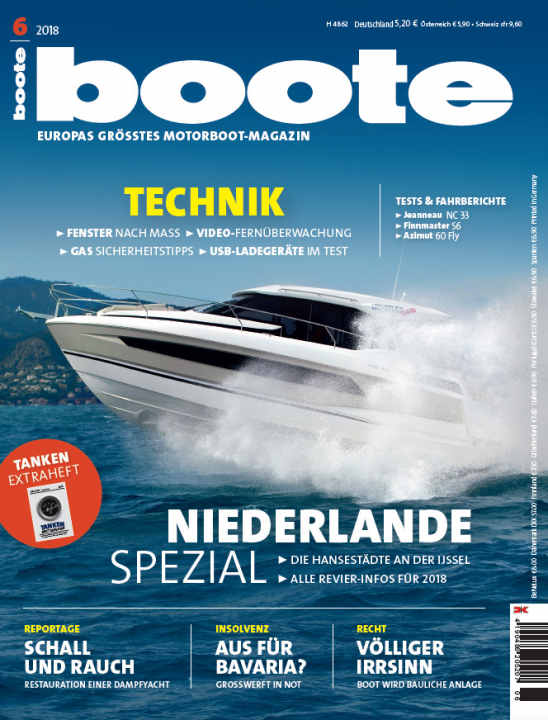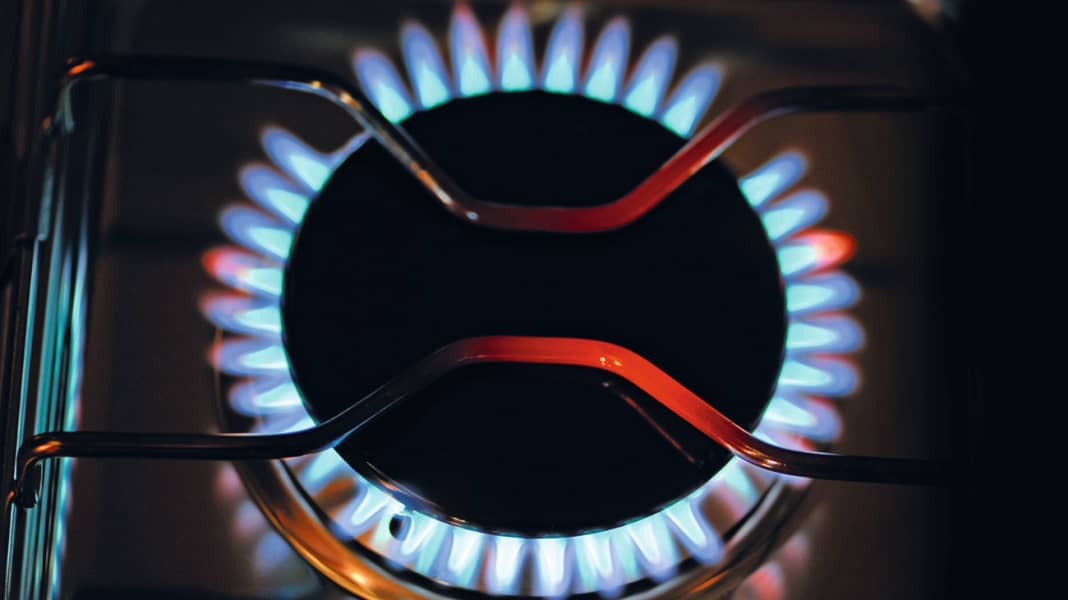
Gas burns cleanly and is ideal for cooking due to its high efficiency. Carefully installed, it does not present the often quoted "Bomb on board", but is no more dangerous than other energy sources on board.
Fire caused bySearing cables or explosionscaused by the use of unregulated battery chargers lead to serious accidents and fires on boats far more frequently. Fires caused byImproperly installed or poorly maintained fuel systemsespecially when petrol is used as the drive energy.
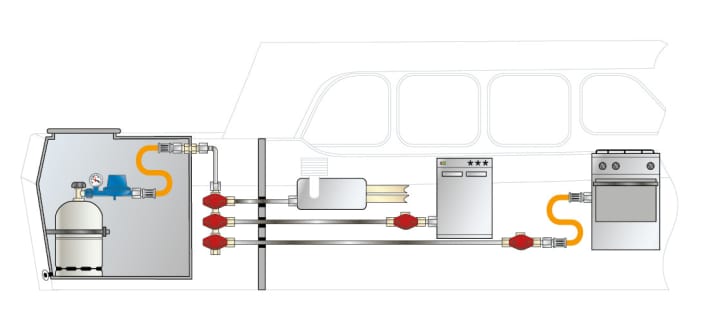
Our gas installation was triggered by the planned upgrade of our galley (see BOOTE 5/18) and our positive experience of using gas cookers in previous boats.
Binding EU standards for liquefied gas systems on pleasure craft are defined in ISO 10239. The German Technical and Scientific Association for Gas and Water (DVGW) has derived the technical worksheet G608 "Small watercraft - Operation and testing of the liquefied gas system" from this.
Watercraft are usually equipped with gas cylinders withPropane or butane gas. Propane is usually available in grey and red cylinders with 3, 5 and 11 kg capacity, butane gas in blue containers from Campingaz with 1.8 kg and 2.75 kg capacity.
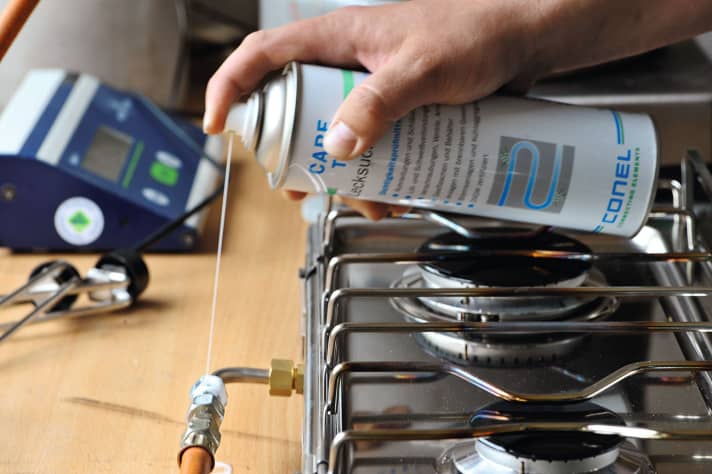
The gas mixtures are by natureodourlessbut the manufacturers are notFragrances labelled. This is to enable detection in the event of leaks. Propane has a boiling point of -42° Celsius, while butane has a boiling point of +- 0° Celsius. So if you want to work with gas even when the outside temperature is around or below freezing, you should use propane.
However, this is less relevant for a leisure boat. As propane also has a higher pressure (approx. 7.0 bar at 20 °C) in the cylinder than butane (approx. 1.2 bar at 20 °C), the containers for propane have thicker walls. If you go to various internet forums on the subject with only this basic knowledge, you will be amazed at the sometimes hair-raising tips. Some people here fillthe blue butane gas containers with propane itself (bomb maker).
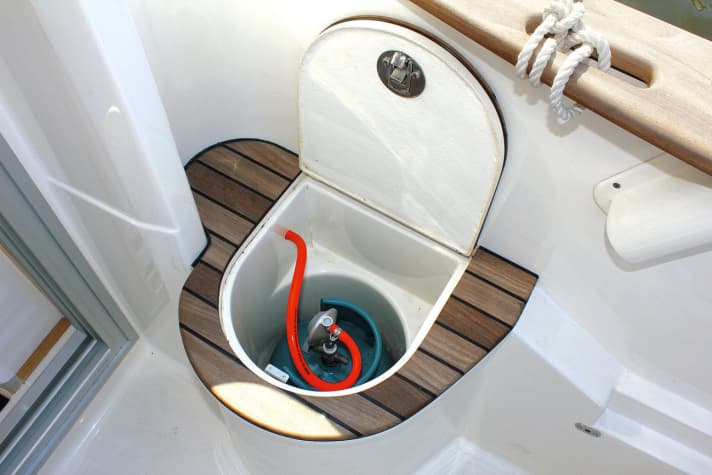
If gas cylinders are empty, they are usually replaced with full cylinders filled by specialised companies,swapped. We mention this because great care must be taken when filling. TheFill up The bottles are filled by weight (gavimetric) with a final check. It must be ensured that only approx. 80 % of the pressurised container is filled.
The gas is pressurised in a liquid state in the container and is compressed in a ratio of approx. 260:1 (propane) or approx. 220:1 (butane) at 20 °C. It is important to know that the appliances operated on board may only be supplied from the gaseous area at the top of the cylinder, never from the liquid area (maximum 80%).
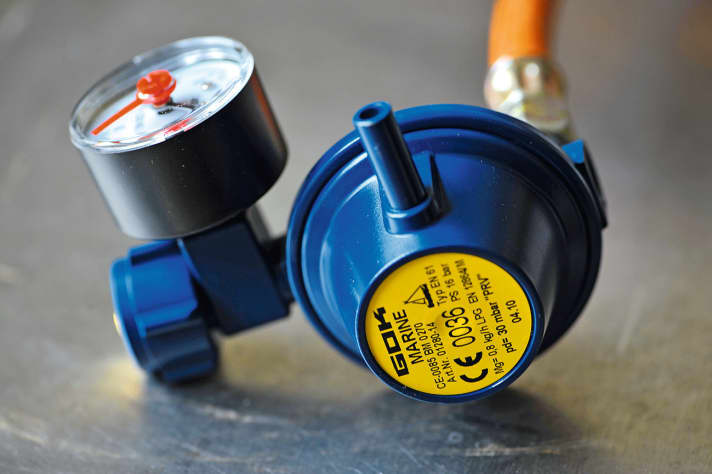
This includes, for example, the Operation from a horizontal bottle off. If the gas were to be removed from the liquid area, the cooker's combustion point could mutate into a flamethrower.
You can read the full technology guide in the June issue of BOOTE, which will be available in stores from 16 May 2018. For Subscribers Of course, sooner.
